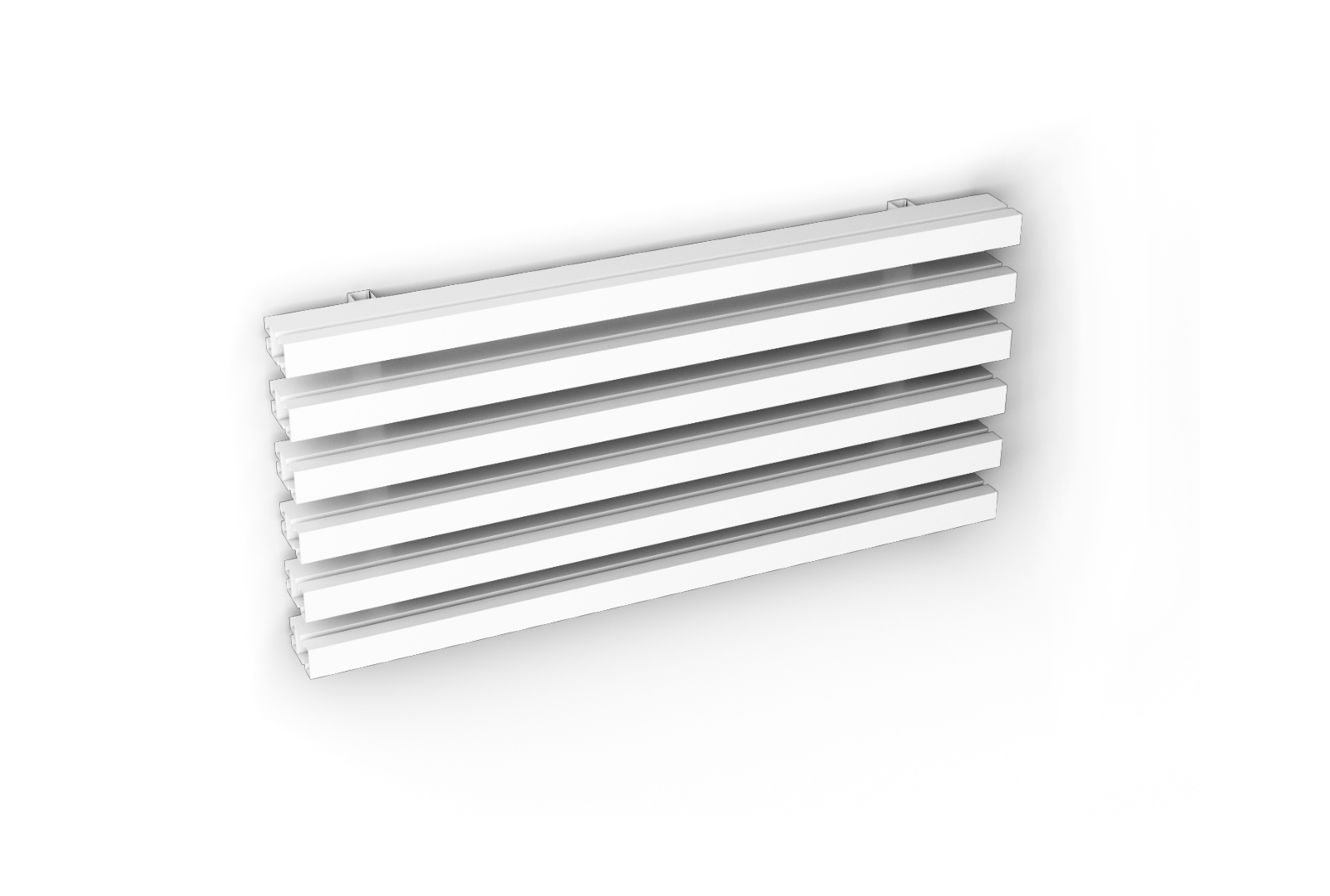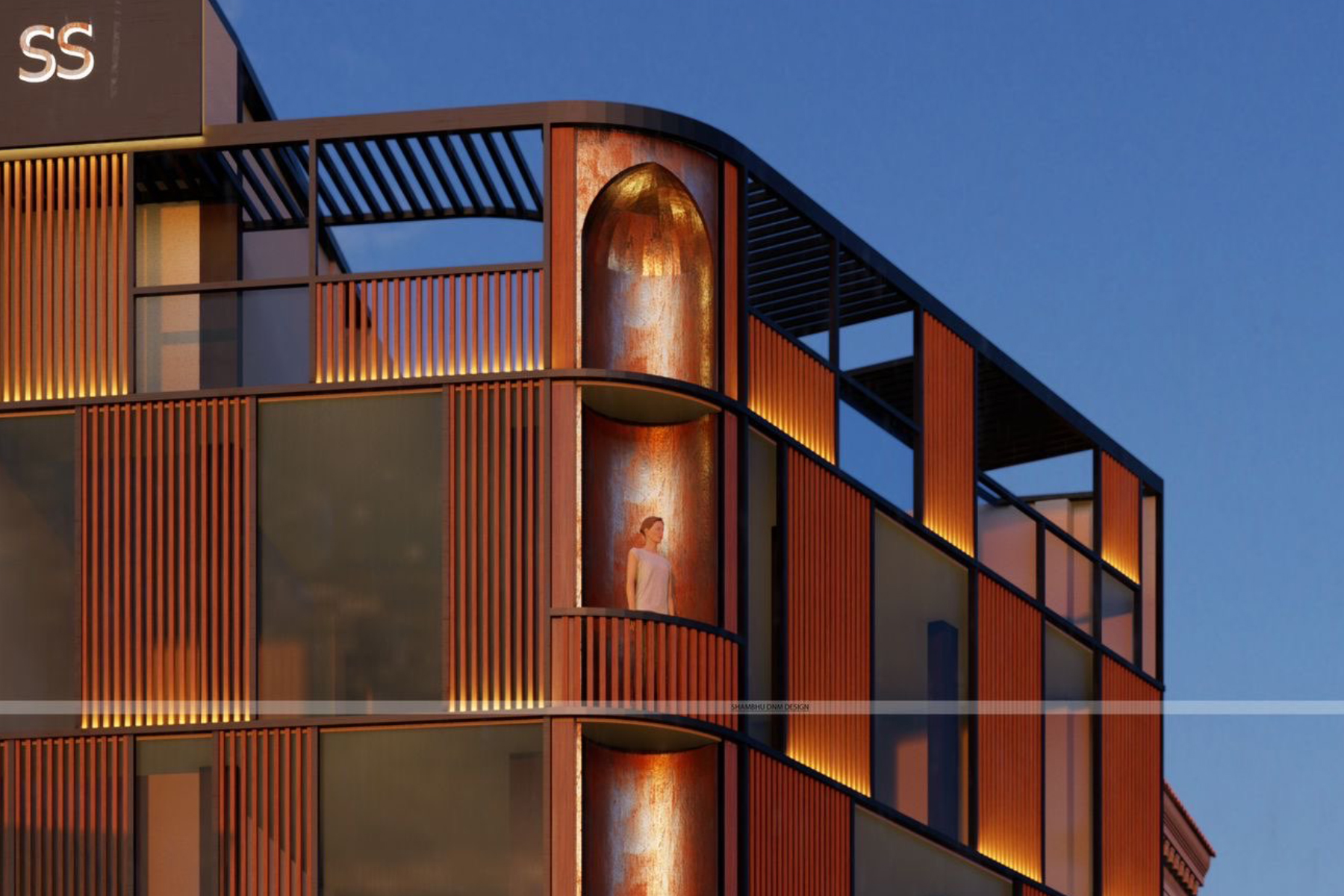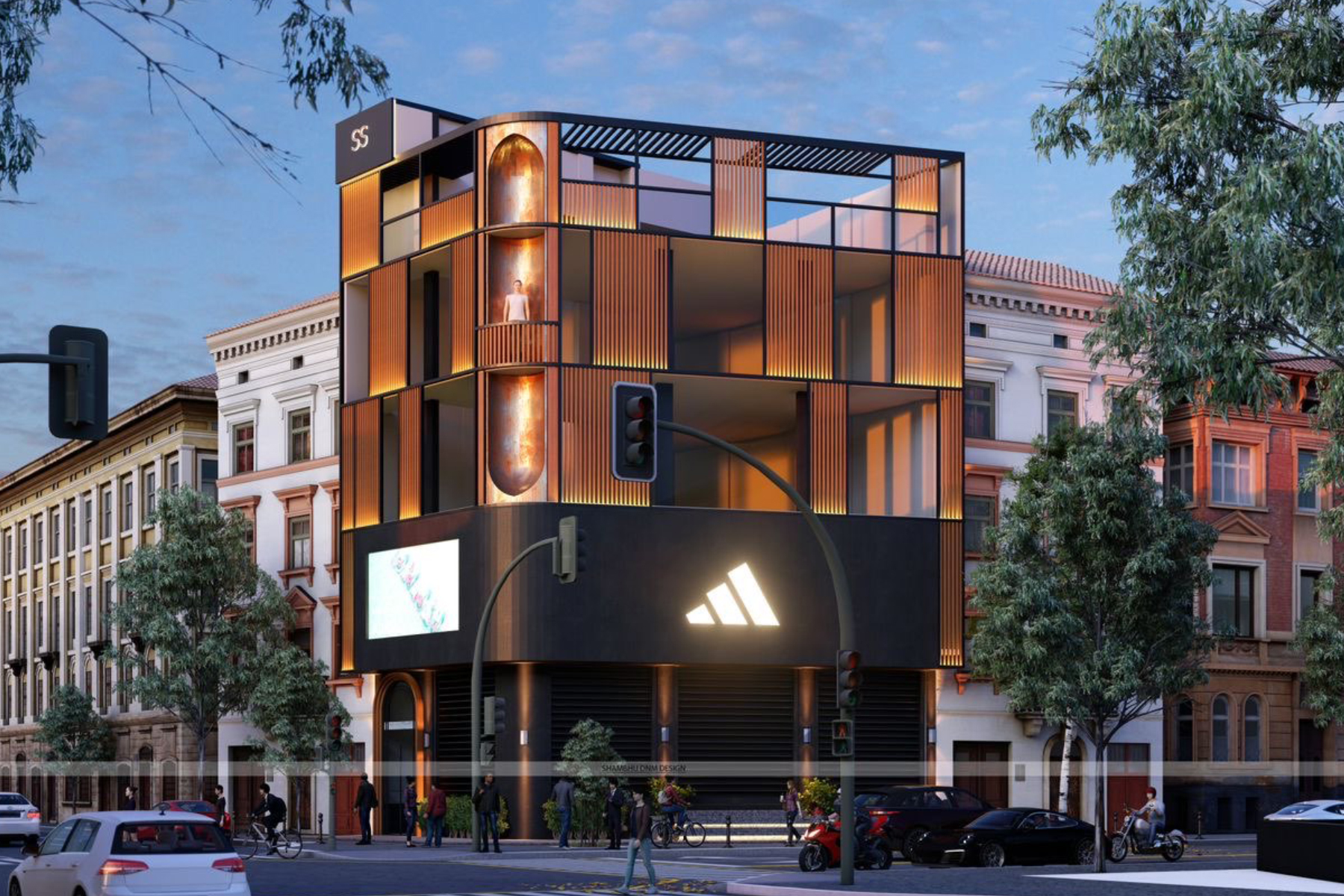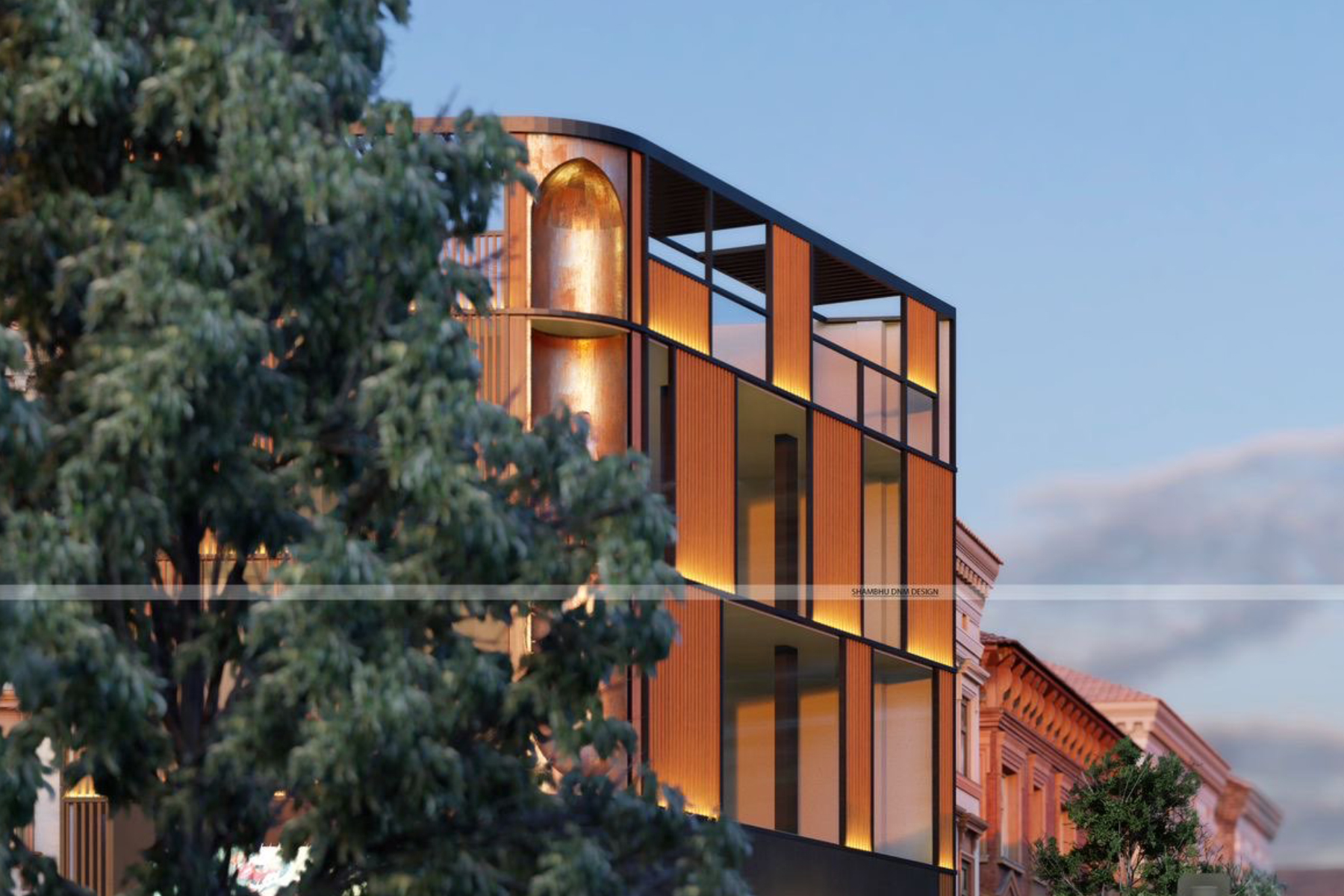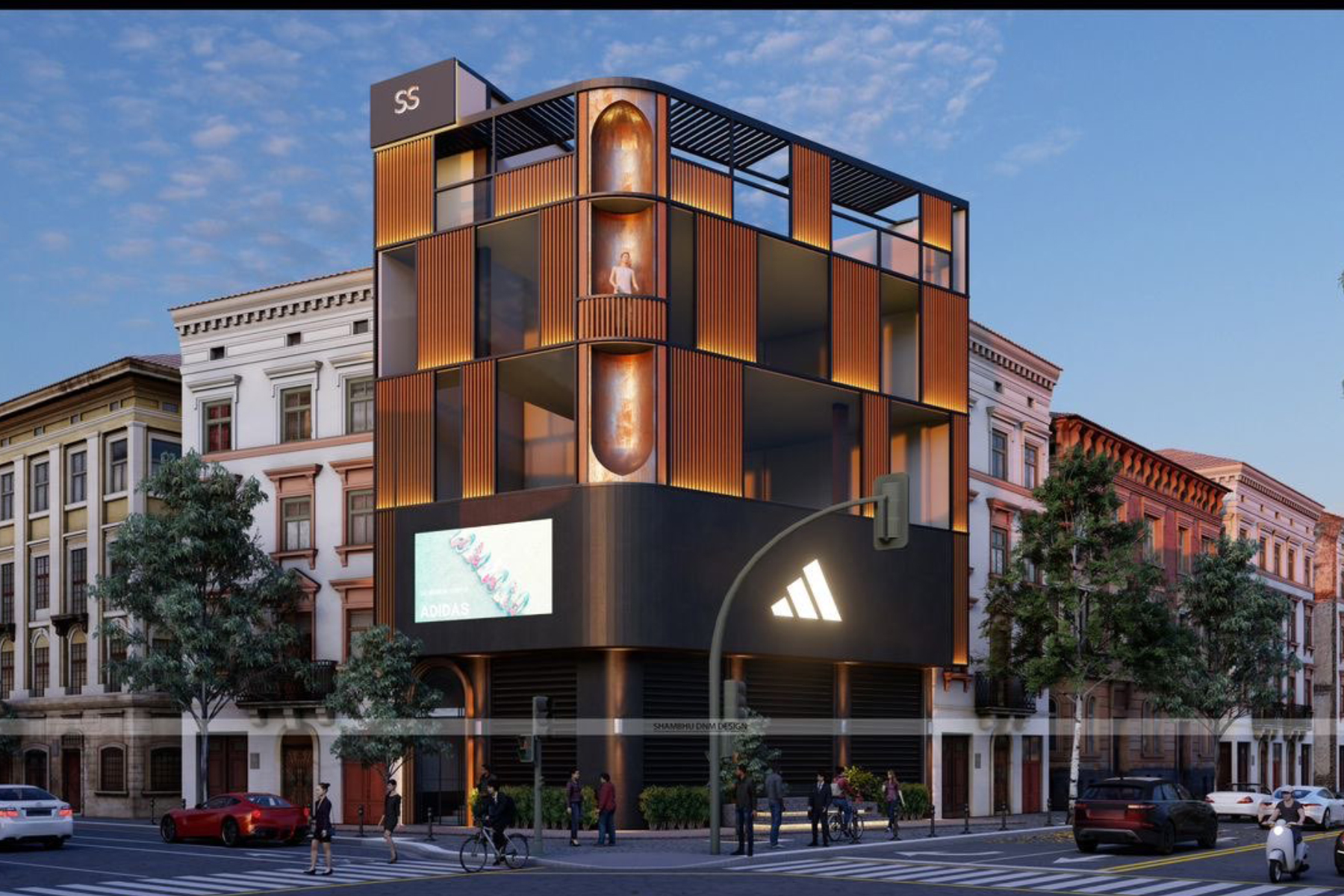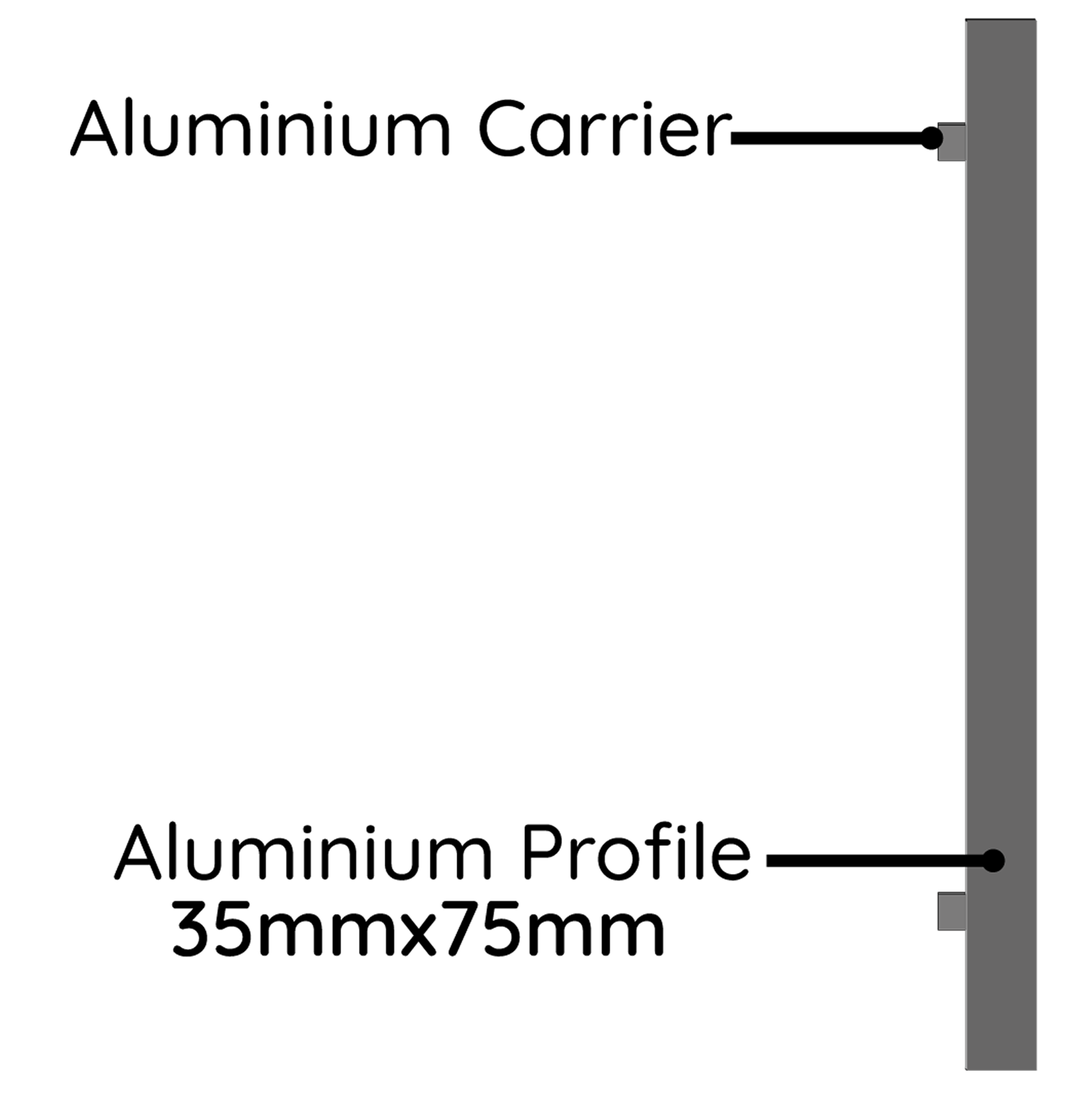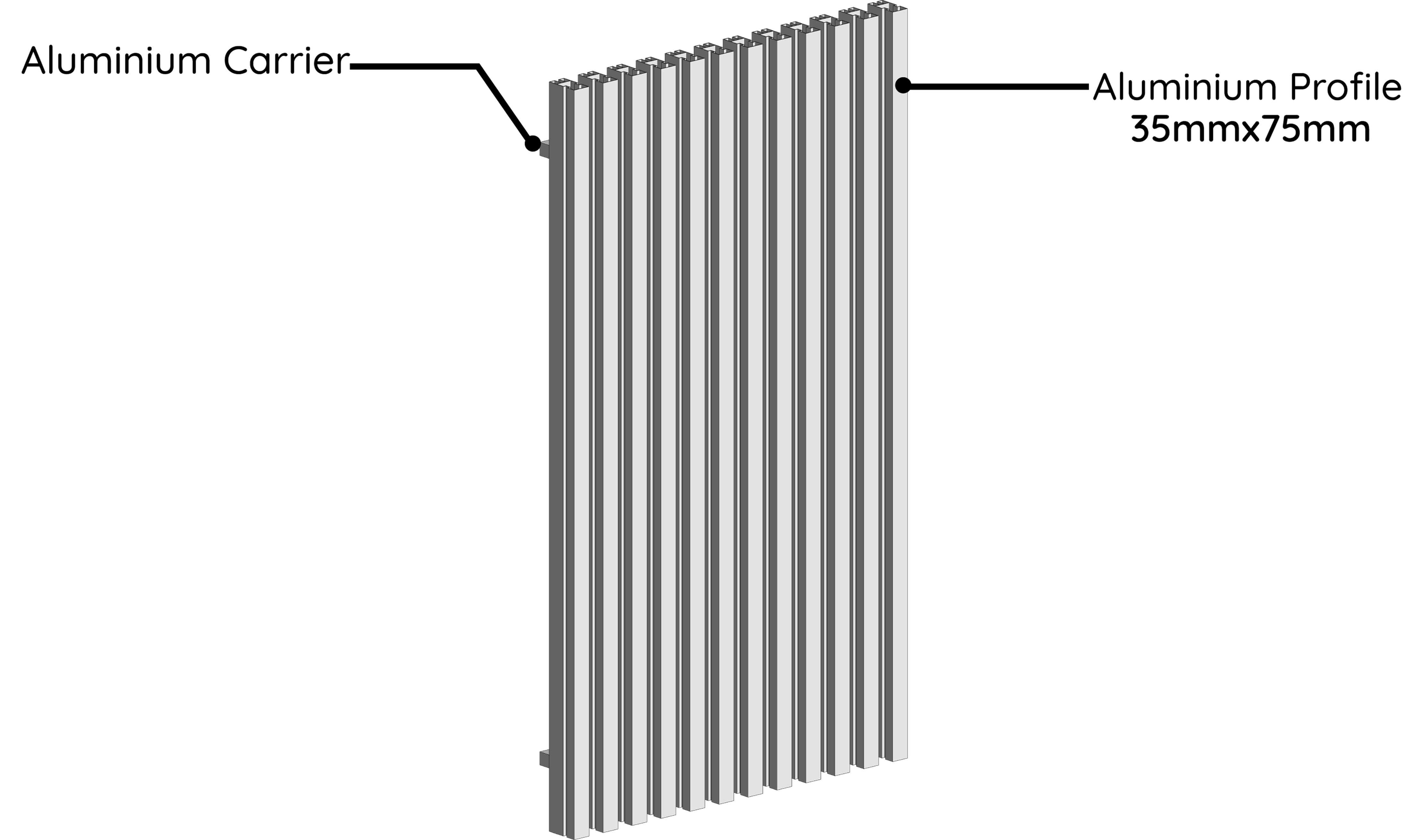Architectural Louvers - Grille 3875
The grille represents a contemporary and popular louver design, characterized by its distinctive Rectangular shape that imparts a sense of linearity to facades. This architectural element seamlessly integrates with exterior aesthetics, contributing to a visually appealing composition.
Key Features
-
Light and Sturdy
Aluminum, a lightweight metal, is easy to handle and install. Despite its lightness, aluminum louvers are durable and capable of withstanding harsh weather, making them perfect for outdoor use.
-
Tailored Design
Aluminum louvers are easily customizable to fit specific architectural styles and design preferences. Available in various shapes, sizes, and configurations, they offer a wide range of design options to fulfill both aesthetic and functional needs.
-
Superior Ventilation and Airflow Regulation
Aluminum louvers are crafted to ensure efficient ventilation and airflow control in buildings. The angled slats permit air passage while blocking excessive sunlight and rain, enhancing indoor air quality and energy efficiency.
-
Eco-friendly and Recyclable
Aluminum is extensively recyclable, and louvers crafted from this material can be recycled at the end of their lifespan. This characteristic supports sustainable and eco-friendly building practices, making aluminum louvers an environmentally conscious option for architectural use.
Materials & Finishes
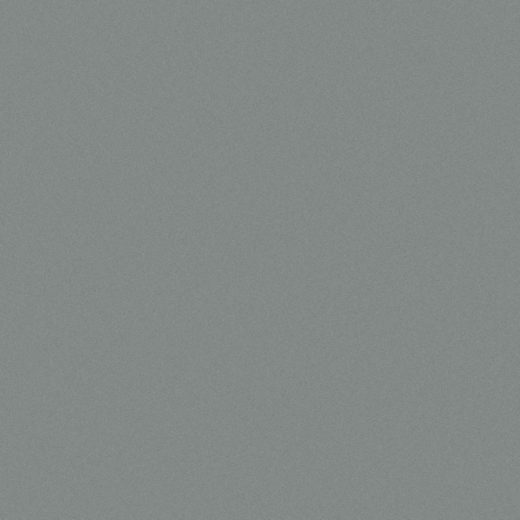
Powder Coated Aluminum - Single Color
Aluminum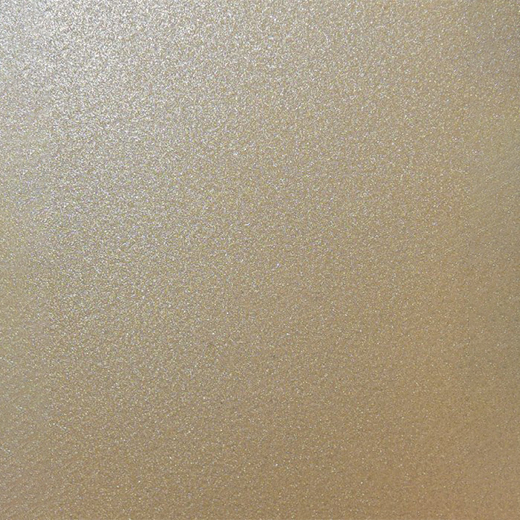
Powder Coated Aluminum - Premium Metallic Finish
Aluminum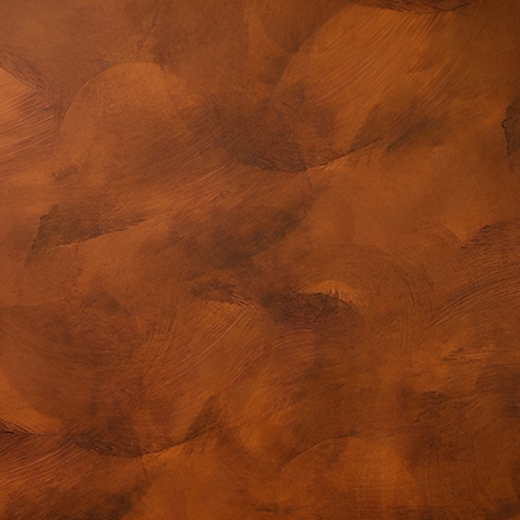
Powder Coated Aluminum - Special Shades
Aluminum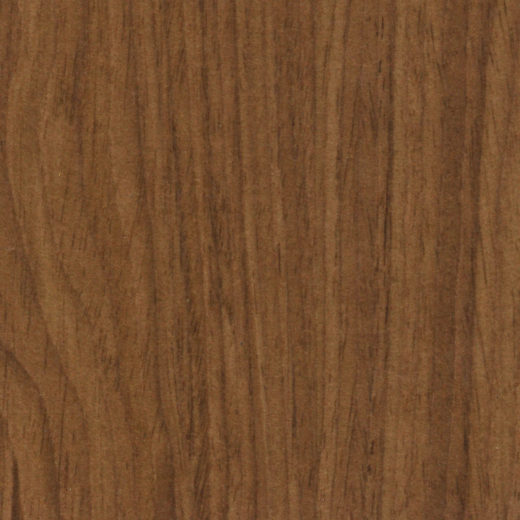
Powder Coated Aluminum - Premium Wood Textures
Aluminum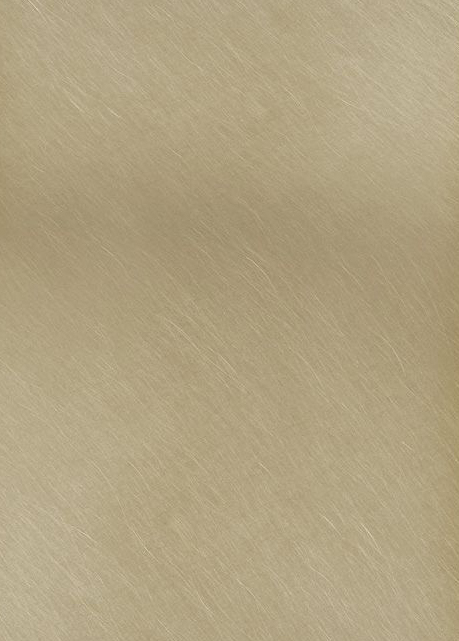
Anodized Finish - Aluminum
AluminumHow to Specify:
-
Clarify Project Specifications
Clearly articulate the intended use of the louvers, such as for ventilation, sun control, or aesthetic purposes. Moreover, provide details regarding the exact location where the louvers will be installed, such as on the facade, windows, or roof.
-
Pick Louver Style and Type:
Choose the appropriate louver type (e.g., static, adjustable, operable) based on project requirements. Also, make a decision on the louver style (e.g., slotted, perforated, blade configuration) that harmonizes with the desired design aesthetic and functional prerequisites.
-
Indicate Finishing Options:
Indicate the chosen finish (e.g., powder coating, anodizing, PVDF) to achieve both protection and aesthetics.
-
Outline Dimensional Requirements and Mounting Specifics:
Detail precise dimensions of the louvers, encompassing height, width, thickness, and blade spacing. Also, specify the mounting approach (e.g., surface-mounted, flush-mounted) and any specialized mounting prerequisites.
-
Decide on Blade Inclination and Alignment:
Outline the desired angle of the louver blades to ensure effective sun control, ventilation, or privacy. Furthermore, decide on the orientation of the blades (e.g., horizontal, vertical) to complement the design scheme.
